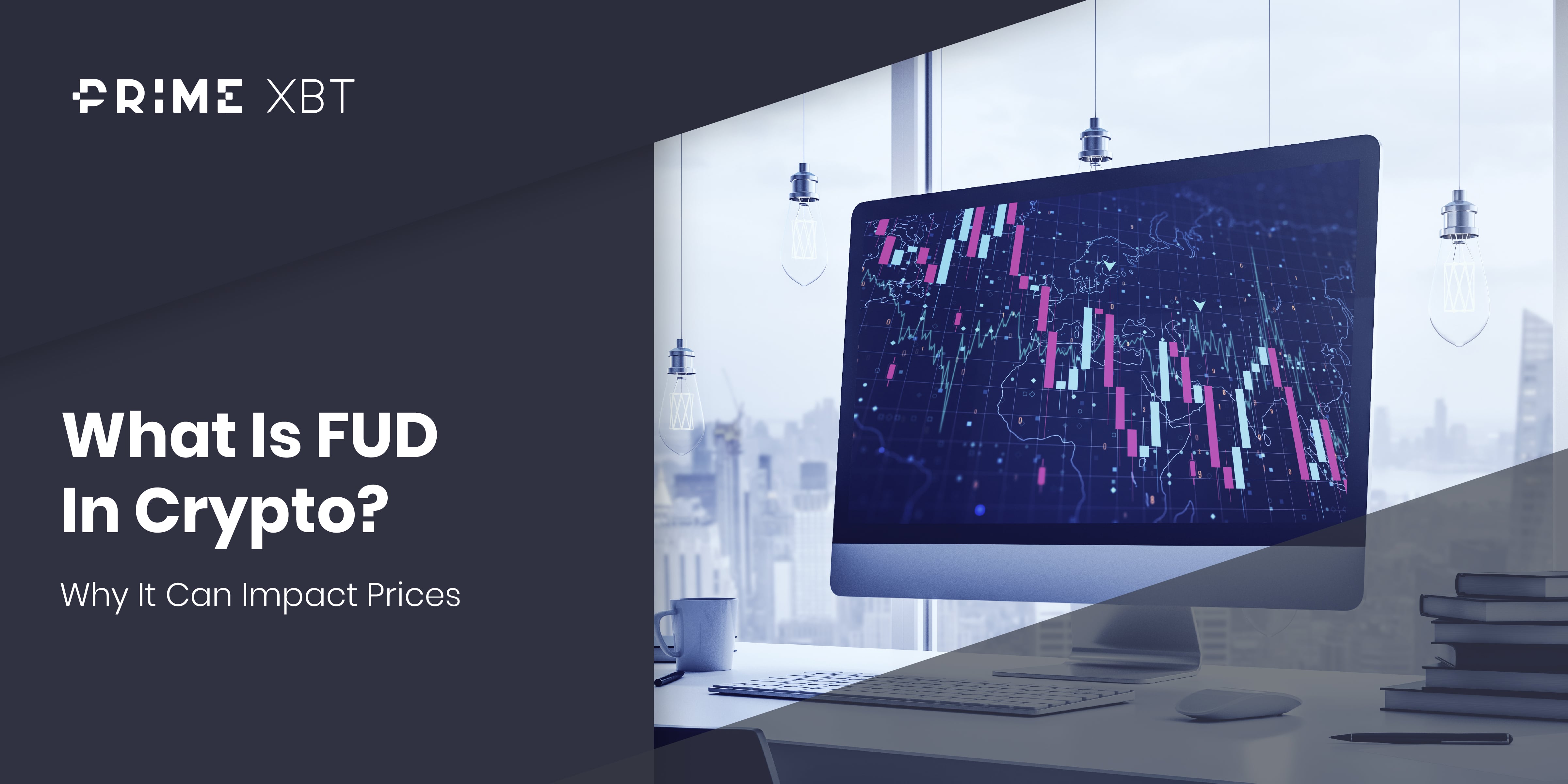The Ethereum Cancun-Deneb upgrade, a major upgrade on Ethereum’s roadmap, marks a pivotal moment in the Ethereum blockchain’s journey towards scalability, efficiency, and sustainability. This article aims to provide a detailed insight into the significance, technical aspects, benefits, challenges, and future prospects of this transformative upgrade, which is considered a third significant upgrade stage in the evolution towards Ethereum 2.0.
- Scalability and efficiency enhancements: the Ethereum Cancun-Deneb upgrade introduces Proto-Danksharding and blob-carrying transactions to significantly boost scalability and reduce gas fees by improving transaction throughput and efficient data storage.
- Anticipated deployment: scheduled for 13 March 2024, the upgrade represents a crucial step towards Ethereum 2.0, eagerly awaited by the Ethereum users for its potential to revolutionise the platform’s performance and sustainability, and even lower transaction costs.
- Comprehensive technical advancements: incorporating various Ethereum Improvement Proposals (EIPs), the upgrade aims to enhance network functionality, security, and efficiency, addressing critical performance and operational issues.
- Future prospects and challenges: while promising major improvements in scalability, cost efficiency, and security, the upgrade also faces potential risks such as technical vulnerabilities and compatibility concerns. It marks a pivotal progression in Ethereum’s roadmap towards achieving unmatched scalability and establishing a more robust, decentralised digital future.
What is the Ethereum Cancun-Deneb (Dencun) upgrade?
At its core, the Ethereum Cancun-Deneb upgrade is a landmark event in the platform’s transition towards Ethereum 2.0, a next-generation blockchain network designed to overcome the limitations of the current Ethereum network. By integrating elements from both the Deneb and Cancun updates, the Dencun upgrade aims to tackle some of the most pressing challenges facing Ethereum, including network scalability, transaction throughput, and high gas fees.
A key feature of this upgrade is the implementation of Proto-Danksharding (EIP-4844), a cutting-edge mechanism intended to vastly improve Ethereum’s scalability through the introduction of data sharding techniques. This upgrade also introduces blob-carrying transactions, designed to enhance data management efficiency and significantly lower gas fees. Other important EIPs (Ethereum Improvement Proposal) included in the Dencun upgrade—such as EIP-1153, EIP-4788, EIP-5656, and EIP-6780—play crucial roles in enhancing various facets of Ethereum’s performance and functionality.
When is the Dencun update going live?
The highly anticipated Ethereum Cancun-Deneb upgrade is scheduled for deployment on 13 March 2024 according to the expected timeline. Core developers, ETH investors, and Ethereum users within the Ethereum community eagerly await this update, recognising its potential to revolutionise Ethereum by addressing long-standing issues and paving the way for new opportunities.
The technical breakthroughs of the Dencun upgrade
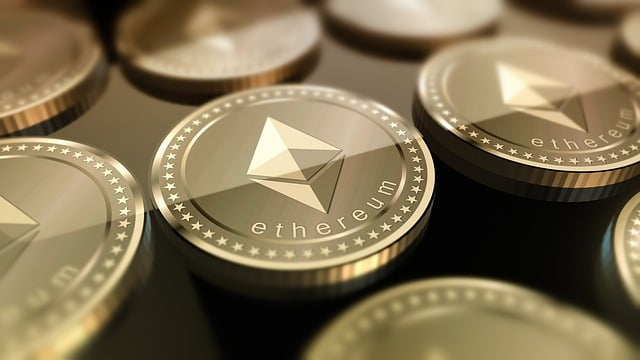
The Ethereum Cancun-Deneb upgrade, commonly referred to as the Dencun upgrade, introduces several technical breakthroughs poised to revolutionise the Ethereum network. Among these innovations are Proto-Danksharding, blob-carrying transactions, and various Ethereum Improvement Proposals (EIPs) that collectively aim to enhance the network’s scalability, efficiency, and overall performance.
Proto-Danksharding explained
Proto-Danksharding is a groundbreaking advancement in Ethereum’s scalability efforts. By segmenting data into smaller, more manageable shards, it seeks to drastically expand the network’s capabilities in processing Ethereum transactions and storing information. This technique not only facilitates a significant increase in transaction volume but also supports the efficient operation of layer-2 rollups. layer-2 solutions, which operate on top of the Ethereum base layer to increase transaction speed and reduce costs, stand to benefit immensely from Proto-Danksharding. This is because the sharding mechanism enables more data to be processed in parallel, thereby reducing congestion and improving the network’s overall performance. The exploration of Proto-Danksharding in this section will shed light on its technical foundation, operational mechanism, and transformative potential for the Ethereum ecosystem.
Blob-carrying transactions
Another notable feature introduced in the Dencun upgrade is blob-carrying transactions. These transactions are designed to enable the efficient and economical storage of large quantities of data, referred to as “blobs,” on the Ethereum network. By allowing larger data packets to be seamlessly transmitted and stored within the blockchain, blob-carrying transactions effectively reduce the cost of data storage. This innovation has significant implications for developers and users alike, as it makes it more feasible to manage vast data generated on-chain without incurring prohibitive gas fees. The detailed examination of blob-carrying transactions will cover their operational principles, the technology behind them, and their impact on gas fee structures, offering insights into how they facilitate more affordable transaction options and efficient data management on the Ethereum network.
Other EIPs and their contributions
In addition to Proto-Danksharding and blob-carrying transactions, the Dencun upgrade includes a suite of other Ethereum Improvement Proposals (EIPs) that each play a pivotal role in augmenting the network’s capabilities.
EIP-1153 introduces “transient storage,” which allows smart contracts to temporarily store data during transaction execution, potentially opening new avenues for smart contract functionality and efficiency.
EIP-4788 proposes a solution to reduce the cost of smart contract storage, addressing one of the significant sources of high gas fees.
EIP-5656 enhances the security and efficiency of cross-shard transactions, a critical aspect of sharding implementation.
Lastly, EIP-6780 focuses on optimising the Ethereum Virtual Machine (EVM), thereby improving the execution of smart contracts.
This section will articulate the objectives, mechanisms, and expected benefits of these EIPs, illustrating their collective role in advancing the Ethereum platform towards a more scalable, secure, and user-centric future.
Through these technical breakthroughs, the Dencun upgrade promises to address long-standing challenges faced by Ethereum, laying the groundwork for a more scalable, efficient, and accessible blockchain ecosystem.
The synergistic effect of Proto-Danksharding, blob-carrying transactions, and the strategic implementation of additional EIPs is poised to redefine the capabilities of Ethereum, heralding a new era of blockchain innovation.
Benefits of the Ethereum upgrade
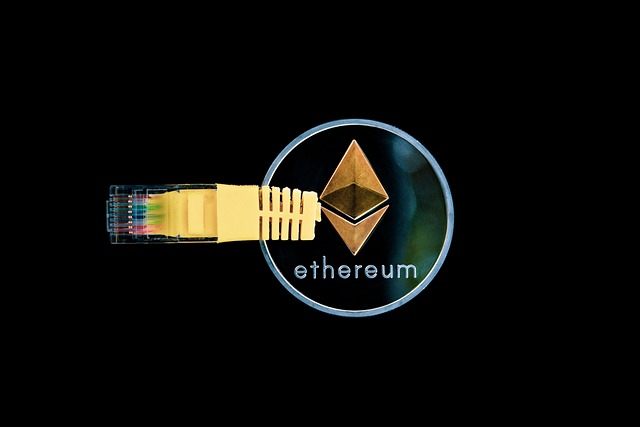
The upgrade is poised to significantly impact the Ethereum ecosystem by introducing a host of improvements that address long-standing issues of scalability, high gas fees, security vulnerabilities, and data management inefficiencies.
One of the most notable benefits is the enhancement of scalability through Proto-Danksharding and other technical breakthroughs, which are expected to increase the network’s transaction throughput dramatically. This means that more transactions can be processed at a faster rate, alleviating congestion and reducing the wait times for Ethereum end users.
Furthermore, the implementation of blob-carrying transactions and optimisations in smart contract execution are projected to lead to a considerable reduction in gas fees. This will make Ethereum more accessible to a broader audience by lowering the cost of executing transactions and deploying smart contracts, thereby fostering greater adoption and innovation within the ecosystem.
Enhanced security protocols introduced in the upgrade, such as improvements to Ethereum and new proposals for smart contract security, aim to bolster the network’s defenses against attacks. This will provide a safer environment for developers to build dApps and for users to transact without the fear of security breaches.
Additionally, optimised data storage solutions, such as those facilitated by blob-carrying transactions, will improve the efficiency of on-chain data management. This enables more sophisticated applications and use cases to be developed on Ethereum, pushing the boundaries of what is possible on the blockchain.
Potential risks and challenges
Despite the numerous benefits, the Dencun upgrade introduces several potential risks and challenges that must be navigated carefully. The complexity of integrating multiple new technologies and EIPs into the existing Ethereum framework raises the possibility of technical bugs and unforeseen vulnerabilities. These issues could disrupt network operations or compromise security if not identified and resolved promptly.
Interoperability concerns also emerge as existing smart contracts and dApps may require adjustments to operate smoothly with the upgraded network features. Developers will need to be vigilant and proactive in updating their applications to ensure compatibility with the new Ethereum protocol.
Moreover, the transition process itself could lead to temporary instability or uncertainty within the ecosystem. Users, developers, and investors will need to stay informed and adapt to the changes as Ethereum moves towards a more scalable and efficient future.
The road to full Danksharding
The journey from Proto-Danksharding to full Danksharding is a critical phase in Ethereum’s continuous development. Full Danksharding promises to unlock unprecedented levels of scalability by further refining and expanding the sharding mechanisms introduced in the Dencun upgrade. This progression is essential for Ethereum’s ambition to become a truly global blockchain platform capable of supporting thousands of transactions per second without sacrificing decentralisation or security.
The transition to full Danksharding is expected to facilitate even greater efficiency in data storage and processing, enabling more complex and resource-intensive applications to run on Ethereum. This evolution aligns with Ethereum’s broader vision of creating a sustainable, highly scalable, and efficient blockchain ecosystem that can serve as the backbone for the next generation of decentralised applications.
Why does the Ethereum upgrade matter?
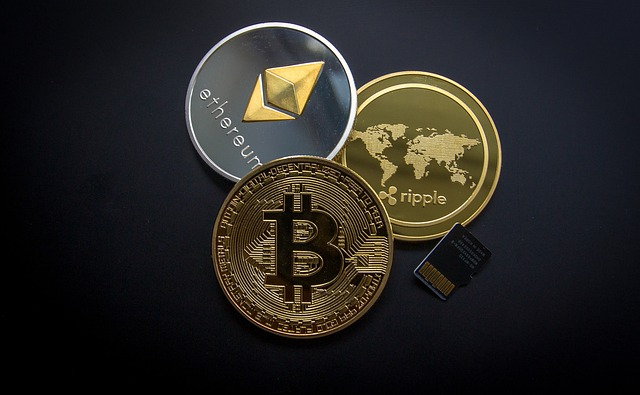
The upgrade heralds a new era of possibilities for developers and users of Ethereum. Developers will benefit from lower gas fees, enhanced scalability, and improved security features, enabling them to create more sophisticated and user-friendly dApps. Users, on the other hand, will enjoy faster transaction processing, reduced costs, and a more secure and efficient platform for their blockchain-based activities. These improvements are expected to enrich the user experience, drive further adoption of Ethereum, and stimulate innovation in the decentralised application space.
Investor and layer-2 project perspectives
From an investment perspective, the upgrade signifies a major advancement that could positively influence the valuation of Ethereum and the projects built on its platform. Investors are likely to view the upgrade’s focus on scalability, efficiency, and security as critical factors that will enhance Ethereum’s competitiveness and long-term viability. Layer-2 projects, in particular, stand to gain from the upgrade’s improvements to the underlying infrastructure, potentially leading to increased usage, adoption, and investment in the broader Ethereum ecosystem.
The history of Ethereum upgrades
The Ethereum roadmap through upgrades is a testament to its continuous evolution and commitment to innovation. As a leading blockchain platform, Ethereum has undergone several significant upgrades, each designed to address specific challenges and enhance the network’s functionality, scalability, and security.
Genesis and early upgrades
Ethereum’s genesis block marked the beginning of a new era in blockchain technology, introducing smart contract functionality that set the stage for decentralised applications (dApps). The early upgrades, such as “Homestead,” solidified the foundation, making the Ethereum blockchain more secure and user-friendly for developers and users alike.
The DAO and Ethereum fork
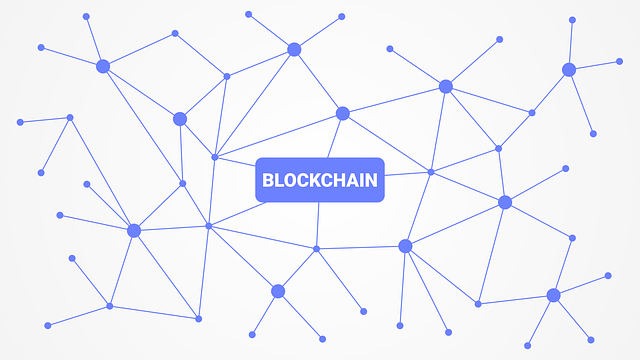
A significant event in Ethereum’s history was the DAO hack, which led to the controversial hard fork separating Ethereum (ETH) and Ethereum Classic (ETC). This event underscored the importance of security and consensus within the blockchain community and led to increased efforts in developing more robust security protocols.
Transition to proof of stake: Beacon chain launch
The launch of the Beacon chain marked a pivotal point in Ethereum’s roadmap, introducing the proof of stake consensus mechanism. This upgrade aimed to address some of the scalability and energy efficiency issues associated with proof of work. The Beacon chain’s Capella upgrade further enhanced these capabilities, laying the groundwork for future developments.
Ethereum 2.0 and The Merge
Ethereum 2.0, or Serenity, represents the blockchain’s most ambitious upgrade, aiming to significantly improve scalability, security, and sustainability. The transition from proof of work to proof of stake was solidified in an event known as “The Merge,” which saw the merging of the original Ethereum blockchain with the Beacon chain. This upgrade significantly reduced Ethereum’s energy consumption and paved the way for future scalability solutions.
The road to scalability: Shanghai and Cancun-Deneb upgrades
Following The Merge, the Shanghai upgrade focused on enhancing Ethereum’s functionality, including improvements to how Ethereum nodes and validator nodes operate within the ecosystem. This upgrade was instrumental in optimising the execution layer and making Ethereum more accessible to a broader audience.
The latest in Ethereum’s series of upgrades is the Cancun-Deneb upgrade, focusing on data sharding (Proto-Danksharding), blob-carrying transactions, and several Ethereum Improvement Proposals (EIPs) aimed at reducing gas fees, enhancing data management, and increasing transaction throughput.
By introducing concepts like compressed transaction data, temporary data blobs, and distributed data sampling, this upgrade seeks to address the challenges of managing enormous data generated on the Ethereum mainnet and lower data storage costs.
Conclusion
The Ethereum Cancun-Deneb upgrade marks a significant milestone in the blockchain’s evolution, promising to address critical challenges of scalability, gas fees, and data management. By enhancing the network’s performance and user experience, the Dencun upgrade is expected to catalyse a new wave of growth and innovation within the Ethereum blockchain and the wider blockchain ecosystem. As Ethereum continues to evolve and adapt, it remains at the forefront of the blockchain revolution, driving forward the development of a more decentralised, secure, and accessible digital future.
Risk warning: Our products are complex financial instruments which come with a high risk of losing money rapidly due to leverage. These products are not suitable for all investors. You should consider whether you understand how leveraged products work and whether you can afford to take the inherently high risk of losing your money. If you do not understand the risks involved, or if you have any questions regarding our products, you should seek independent financial and/or legal advice if necessary. Past performance of a financial product does not prejudge in any way their future performance.

